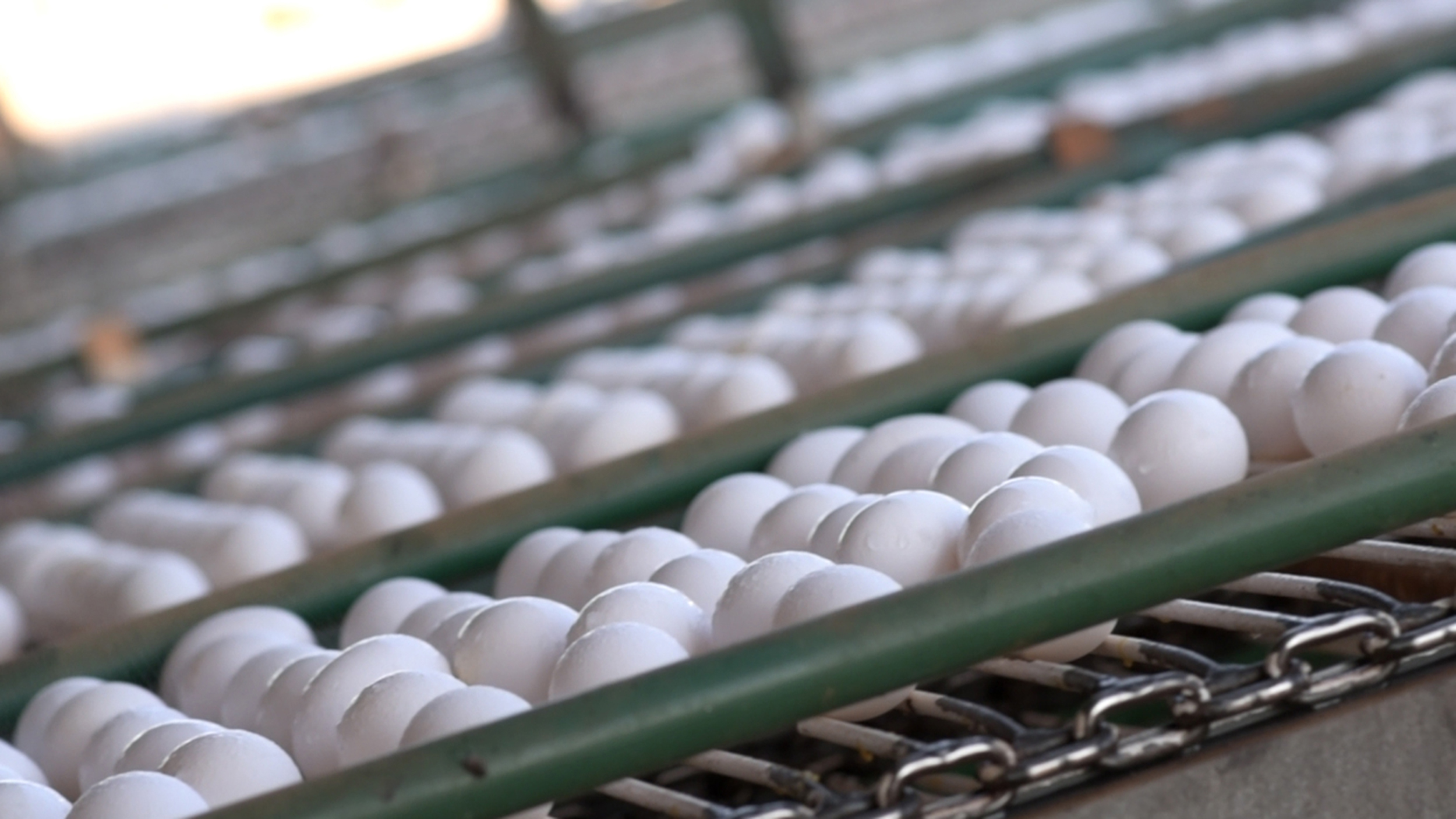São Paulo – The United Arab Emirates were the leading destination of egg exports from Brazil year to date through November, industry association ABPA reported on Thursday (16).
Year to date through November, chicken egg exports from Brazil reached 8,854 tonnes up 84.2%from a year ago. Revenue reached USD 14.064 million, up 74.5%.
The UAE were the leading importer of eggs from Brazil. Year to date through November, the market share shipped to the Arabian Gulf country was 59%. Qatar ranked third at 4%, while Oman ranked fifth at 3%, and Saudi Arabia sixth at 2%.
The UAE imported 5,197 tonnes of eggs year to date through November, up 144.7% from a year ago. Qatar purchased 378 tonnes, up 72.601%. Oman purchased 294 tonnes, up 138.1%. Saudi Arabia bought 162 tonnes, down 18.6%.
ABPA market director Luis Rua talked to ANBA about Brazilian egg sales to the Arabs. “It’s a very well-done case of the industrial project Brazilian Egg in partnership with Apex-Brasil. We still export few eggs compared to other proteins, but since we started this project, year after year egg companies have gone more and more to the Middle East and established channels in the region like Qatar, Oman and Saudi Arabia. This is a clear effect of the project,” Rua said, pointing out the relevance of food trade show Gulfood, the largest of its kind in the Middle East, that takes place every February in Dubai.
Brazlian Egg is an internationalization project carried out by ABPA with Brazilian Trade and Investment Promotion Agency (Apex-Brasil).
Eggs are sold raw and processed as yolk powder and pasteurized whites, which are high value-added goods, Rua says. “The industry has increasingly added value both in the domestic market and exports from Brazil,” he said.
Total exports are expected to reach 9,550 tonnes by the end of December, up 52.9% from last year’s total exports. For 2022 it is estimated that exports reach up to 10,200 tonnes, up 6.5% from this year’s forecast.
Egg output is projected to increase by 1.8% to 54.503 billion units. For 2022 it is estimated to grow by 3% from this year’s volume. Historical levels are estimated to be reached for these two years.
Here’s more on this:
Translated by Guilherme Miranda




